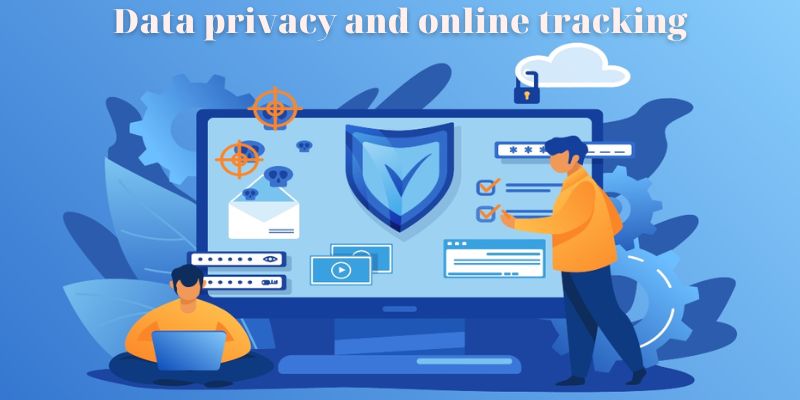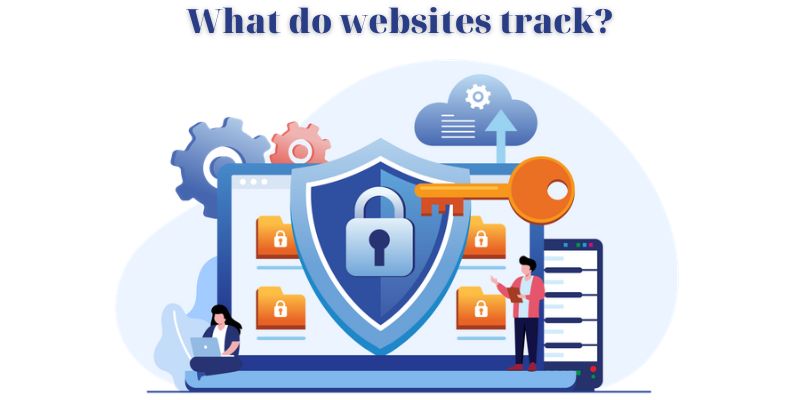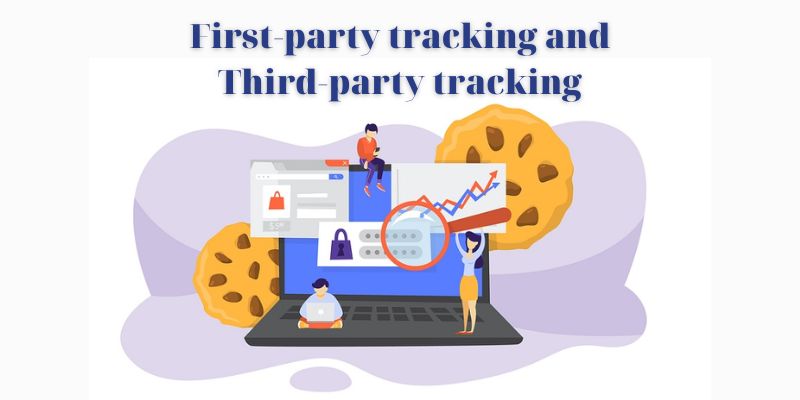Online monitoring is frequently used in digital marketing and website analytics to increase effectiveness. However, security concerns surface when website tracking is commonplace but opaque. Most nations have their own rules and regulations on what information websites can gather about their users to counteract this problem. In this article, yeuesports.com will discuss 7 best steps to data privacy and online tracking.
Data privacy and online tracking
Websites observe and gather user data using online tracking, also known as website tracking, in order to tailor their offers and online interactions. Due to online location tracking, when you search for a product, the search results recommend stores in your neighborhood that carry that particular item. The same idea underlies the recommendations you see from e-commerce sites like Amazon.

Protecting personal information is more important than ever due to the widespread use of digital storage for private data. Find out how to protect consumer information the most effectively on data privacy and online tracking.
Companies have long gathered data in order to run their operations and serve their clients. Data privacy concerns were considerably simpler back when businesses kept their data in lockable filing cabinets. The correct safekeeping of personal data has become crucial in today’s digital environment, where breaches are a reality.
Steps to Ensure Data Privacy – Data privacy and online tracking
It is critical to take the required precautions to protect consumer data given how important data protection is to your business. You can protect sensitive information by following these seven recommendations.
1. Limit and protect the information you collect on customers.
2. Use state-of-the-art encryption methods.
3. Focus on building trust for the long-term.
4. Be transparent regarding data privacy.
5. Make it convenient for your customers.
6. Train employees regarding data privacy.
7. Update data protection programs as instructed.
What do websites track? – Data privacy and online tracking
Each user’s data is collected by websites in a variety of ways. Depending on the service it offers, a website will gather different types of data. Additionally, businesses gather information via emails, smart speakers, and applications. Your form entries, email addresses, and data they can get via tracking technology are all sources through which they gather information about you.

The most common data collected include
- IP address
- Personal information like name, address, email and phone numbers
- Device and browser information
- Browsing activity such as which sites the user visits, what pages or offers are clicked, interests and shopping habits etc.
How do websites collect user information? – Data privacy and online tracking
- Cookies
Cookies may be the thing on this list that you are most familiar with. Before allowing you access, the majority of websites will ask you to allow them to collect cookies. What, though, are cookies? They are text files with information like your log-in information that websites can use to tailor themselves to provide you a better surfing experience. While third-party cookies and tracking cookies can be problematic since they keep data for a long time across numerous pages, they are necessary for quick and personalized website navigation. Your browser’s privacy settings may allow you to disable cookie storage by enabling do not track options. Visit this site to learn more about internet cookies.
- Tracking pixel
fingerprinting of browsers
- Browser fingerprinting
Fingerprinting is the process of building a user’s profile using data gleaned from their browsing history and actions. Websites may easily monitor you and identify you with accuracy thanks to browser fingerprinting. Using this information, they can discover your operating system, plug-ins, time zones, languages, and even the screen resolution. The likelihood of two people having the same browser information is 0 despite the fact that this information may seem rather wide.
- HTTP referrer
The HTTP referrer is a field in an HTTP header that identifies the page that directs a visitor to a particular website. The page you are now on will receive information about the previous webpage from the referrer. For statistical analysis and marketing purposes, this data is useful. By employing extensions, you can stop this data from being shared.
- User agents
Every browser has a user agent that communicates to the webserver what works best in that browser. User agents assist web servers in recognizing your operating system and browser. The webpage or website that best suits your operating system will subsequently be displayed to you by the web server using this information. It is a useful tool for understanding market shares of browsers.
First-party tracking and Third-party tracking – Data privacy and online tracking
When a website you are visiting tracks your online activities, this is referred to as first-party monitoring. Normally, privacy policies and cookie notices contain information about this. Other websites than the one you are visiting now engage in third-party tracking. On the website you are currently visiting, invisible codes are used to do this. The fundamental goal of third-party tracking is to gather information about user surfing habits in order to build thorough profiles for targeted advertising. The fundamental problem here is that while consumers are aware of first-party tracking and occasionally have the choice to refuse it, they are unaware of third-party tracking and cannot stop it.

Data security, data privacy and online tracking have all recently attracted attention. The need for legislation to limit online tracking is becoming more and more apparent in nations around the world. To a certain extent, online tracking is required to boost website performance and analytics, offer personalized service, and improve user experience.
When it becomes data harvesting and goes beyond only gathering the information that is required, issues occur. Websites should give users the choice of accepting or rejecting the collection and use of personal data, as well as the ability to know what data is being collected. On the other hand, users should educate themselves by reading the privacy warnings, cooking notices, and other related materials to understand what information is being collected and how it is used.